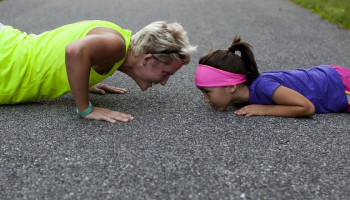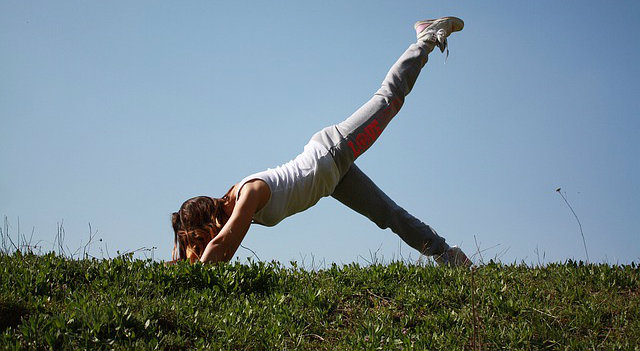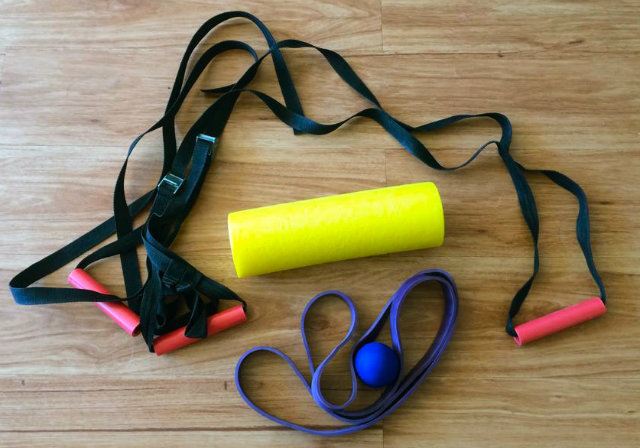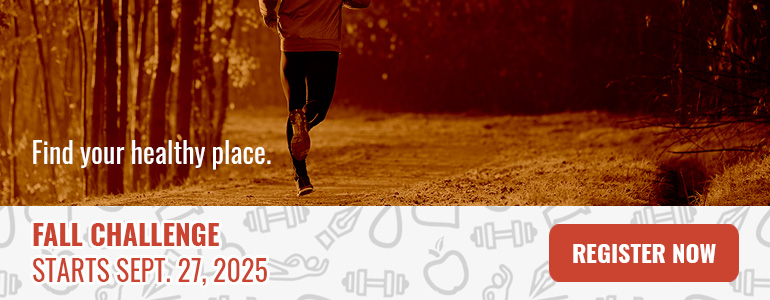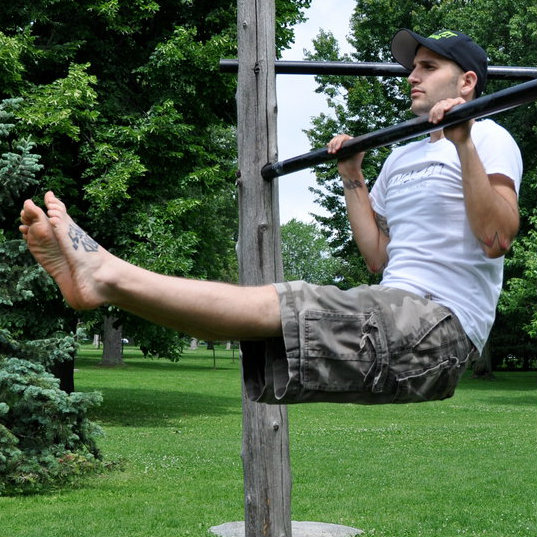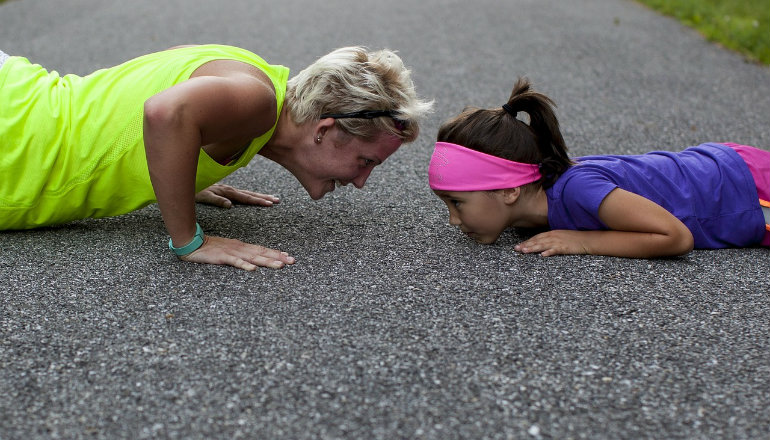 Reading Time: 5 minutes
Reading Time: 5 minutesWhat’s the biggest mistake anyone can make when it comes to their fitness? Not making their workout portable.
I hear it time and again, the same excuse: “I was traveling and couldn’t find a gym” or “I was at a hotel and the fitness room didn’t have a weight in sight.” Those might not be the exact words, but they’re usually along those lines.
Personally, I have no time for the “I couldn’t find a gym” excuse. It’s the kind of excuse that leads to training less and less, and before you know it, you won’t remember the last time you trained.
That said, I know we all get busy, and I know you might have a demanding life and career. I also know you want to make time for your training, but sometimes life just gets in the way.
But you’re not the kind of person to sit back and allow that, are you? Didn’t think so!
Today I’m going to share some basic principles behind my minimalist training style. These tips and tricks have helped me and all of my clients train anywhere in the world with little to no equipment — and they can help you, too.
Are you ready to never need a gym membership again? Do you want to know how to train anywhere from a sunny beach to a snowed-in hotel room? If you’re looking to drop the excuses and take your fitness into your own hands, then let’s get started!
Step 1: Do Bodyweight Exercise
If there’s one thing you can do, above all else, that allows you to take your training anywhere, it’s learning how to use your own bodyweight. You don’t even need equipment to do it. Building a knowledge of basic bodyweight exercises and their logical progressions goes a long way toward having a virtual gym with you everywhere you go.
If you have a knowledge of basics such as push-ups, chin-ups, rows, squats, lunges, and core exercises, you can get a world-class workout anywhere in the world. You should also learn at least three to four ways to make each exercise harder or easier, and then you’ll be well on your way to developing the knowledge of how to use your own body as your gym.
There are lots of resources available to help you develop an understanding of bodyweight training. You could find a highly qualified fitness coach to help you, or you could look to YouTube channels, books, videos, and blogs. Either the Whole Life Challenge Youtube or my YouTube channel would be a great place to start. With a little studying you’ll be good to go.
Here’s a video I made that teaches you all the basic elements of the push-up, plus how to scale it to your ability level and get you stronger:
Step 2: Bring a Bag
If you know you’re traveling, long term or short term, and you’re not sure if you’ll have access to a gym, then pack a bag of fitness essentials. The essentials aren’t heavy and they carry easily in a small bag. I always suggest the following:
- 1 suspension trainer (TRX, gymnastics rings, Lifeline Jungle Gym, etc.)
- 1 jump rope
- 1-2 resistance bands
- 1 lacrosse ball
The suspension trainer allows you to perform not just the basics, but unlimited versions of bodyweight exercises. A jump rope is a light weight, portable, and effective conditioning tool that can be used in small spaces or outdoors. The resistance bands can be used for stretching, mobility, and strength training. Finally, the lacrosse ball is great for those tight areas that require self-massage. That’s about all you actually need to get a highly effective workout.
Step 3: Get Creative
Equipment to use in your training is everywhere. You just have to open your mind. Everyday objects, both indoors and out in public, can be instantly transformed into fitness equipment.
Over the years, I’ve had to take a creative approach to training my clients when we were in less-than-ideal locations. I’ve never had a full gym or studio to work from — all of my training has been somewhat “nomadic.” So you could say I’m a pro at portable workouts. As a result, I’ve created countless on-the-spot set-ups that produced fantastic results. Here are some ways you can use both outdoor and indoor objects in your training:
Outdoor Equipment Ideas:
- Park benches for step-ups, push-ups, box jumps, and box squats
- Tree branches, soccer nets, and jungle gyms as pull-up bars
- Large rocks for loaded carries
- Jungle gyms for dips, chin-ups, push-ups, and more
- Sticks and tree branches for shoulder dislocates and mobility work
- Picnic tables for hip thrusters, back extensions, push-ups, or one-legged squats
- Poles and posts as anchor points for your resistance bands
- Tree branches, soccer nets, and jungle gyms as anchor points for your suspension trainer
Indoor Equipment Ideas:
- Sturdy chairs for step-ups, box squats, and push-ups
- Couches and beds for hip thrusters
- Door frames for assisted pistol squats
- Stair sets for sprints or slow conditioning workouts
- Closed doors as anchor points for your suspension trainer or resistance bands
- Towels or paper plates as “sliders” for lunge, push-up, squat, and core exercises
The list goes on and on and as far as your imagination can take you. If you start looking a little closer at everyday objects, you’ll begin to see them for more than they are — you’ll see them for what they can become. It’s actually a bit addictive. Pretty soon you’ll be seeing benches, parks, and hotel rooms in a whole new light.
Your Path to Exercising Anywhere
- Learn how to use your bodyweight as your “equipment.”
- Pack a bag of fitness essentials and take it with you everywhere.
- Get creative and realize you are surrounded by “gym” equipment.
Combine these three steps and you’ll break away from the shackles of needing a traditional gym in order to train. Which will also break you free from any and all excuses! It’s truly a freeing experience.
